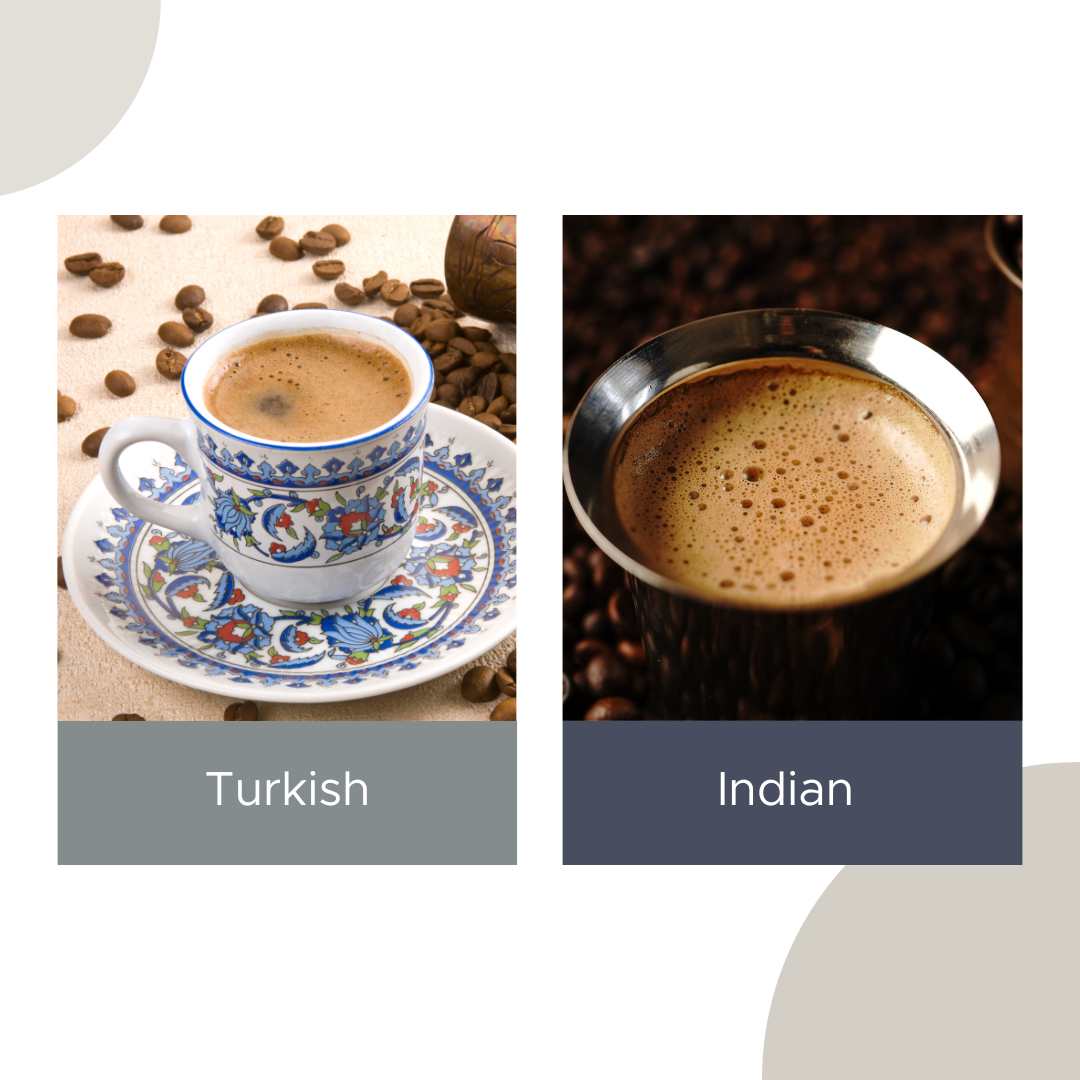Nestled amidst the verdant hills and pristine streams of South India, Sangameshwar Coffee Estates entice travelers on a journey of discovery, where every sip of coffee is infused with the essence of nature’s bounty. Offering more than just a cup of coffee, these estates provide an immersive experience into the heart of Mother Nature herself.
Sangameshwar Coffee —Cultivating with Care
Sustainability isn’t just a buzzword at Sangameshwar Coffee Estates—it’s a way of life. With a deep commitment to environmental conservation, the estates prioritize eco-friendly practices in their coffee cultivation. They employ organic farming techniques, implement water conservation measures, and use historic water wheels for hydroelectric power, blending tradition with innovation.
Sangameshwar Coffee—A Gateway to Natural Wonders
Guided tours open the wonders of nature. Led by knowledgeable guides, visitors explore shaded groves, chattering streams, and lush plantations. Indigenous wildlife, from peacocks to bison, roam freely. It’s not just a tour; it’s an immersive experience in the wilderness.
Coffee with Character
What sets Sangameshwara Coffee apart isn’t just its commitment to sustainability or its breathtaking natural surroundings – it’s the unique flavors and characteristics of each estate’s coffee. From the Arabica beans of Karadykan Estate, with their delicate floral notes and fruity undertones, to the bold and robust flavor of Kondadkan Estate’s Arabica and Robusta blend, every cup tells a story of its soil. Influenced by altitude, climate, soil composition, and even the presence of wild Fig trees, each estate’s coffee offers a sensory journey through the landscapes and ecosystems that define it.
A Symphony of Senses
Sangameshwar Coffee Estates offers an escape into nature’s gentle touch, inviting visitors to awaken their senses and reconnect with the beauty of the natural world. Whether wandering through shaded groves, admiring historic landmarks, or savoring estate-grown coffee, it’s about relishing a symphony of sights, sounds, and flavors unique to Sangameshwar.









